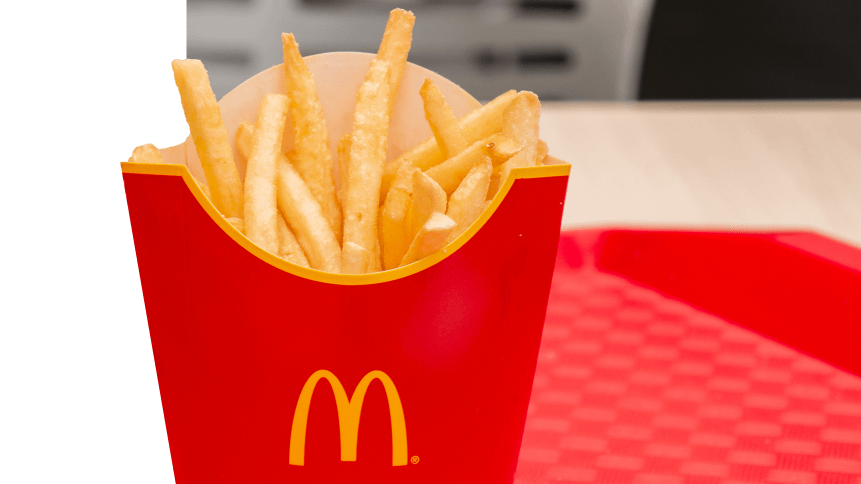McDonald’s AI will bring an ‘online’ experience to fast food

More than 36,000 restaurants, in 119 countries, nearly 68 million customers per day, and earnings last year of more than US$6 billion.
By sheer size of numbers, McDonald’s is the world’s most successful fast food chain, and behind that success is consistency— customers know what to expect, it’s straightforward and simple service.
With that goal still at the forefront of its business model and brand, the company is increasingly looking to new technologies to enhance its service for the digital age, and that’s manifested itself in the estimated US$300 million purchase of Dynamic Yield.
Its biggest acquisition in twenty years, buying the personalization and decision logic company will give McDonald’s the tech to offer its customers what’s been described by TechCrunch as an ‘Amazon-like’ experience at the Drive-thru menu board.
The technology will provide a personalized version of its expanding menu, so customers are shown food and drink options based on time of day, weather, current restaurant traffic, and trending menu items.
The digital signage will also display additional and live suggestions to add to a customer’s order based on their current selection— the same tactic used by plenty of e-commerce sites to encourage buyers to make additional purchases.
The technology will be rolled out at McDonald’s Drive-thru restaurants in the United States in 2019 and will be swiftly expanded into top international markets following.
It will also be added to its digital customer experience touchpoints, such as self-order kiosks and it mobile app.
Smaller fast food joints and restaurants— or any other retailer of small-ticket products— may not have the data of 68 million consumers per day, and $US300 million at their disposal.
YOU MIGHT LIKE

Agriculture 4.0 and the future of food
But the move demonstrates how offline retailers can and will start to take online experiences and apply them effectively in the real world to consumers that are now accustomed to personalized and convenient service.
It also manages to avoid the novelty factor that retailers seem to walk into with new tech. There’s no augmented reality or ‘design your own burger’ feature, the software will work subtly and seamlessly with the newly-introduced digital menu boards already at its Drive-thrus.
“When you look at the answers that this decision engine provides, it may not seem so obvious to begin with, but for customers it makes sense,” Daniel Henry, McDonald’s executive vice president, and global chief information officer told Wired.
“It’s not just about the individual, it’s also taking training information from other customers.
“It’s only going to get smarter and smarter, the more customers interact with it.”
The fast food giant’s CEO, Steve Easterbrook, added: “We’ve never had an issue in this business with a lack of data. It’s drawing the insight and the intelligence out of it.”
”We’re a really straightforward business […] people only come to us if they want something to eat, or something to drink […] we’re not in the business of using technology to try to change people’s lives.”









